‘Huge challenges’: Toyota’s dire warning on new car rules
The CEO of Toyota Australia has issued a dire warning after the Albanese government today revealed strict new car rules.
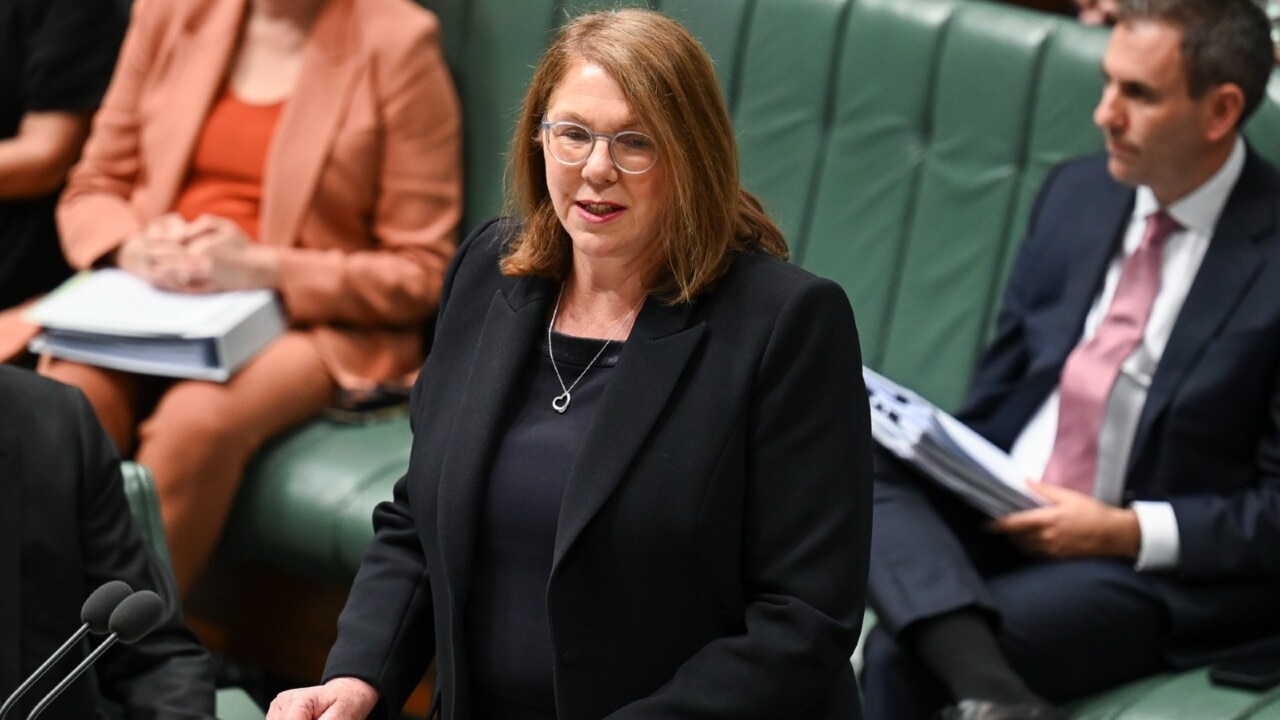
Motoring News
Don't miss out on the headlines from Motoring News. Followed categories will be added to My News.
Major motoring company Toyota has issued a dire warning after strict new car rules for utes and SUVS were introduced today.
Toyota Australia President and CEO Matthew Callachor told news.com.au in a statement that the industry is currently facing “huge challenges” that need to be addressed before these new rules announced by the Albanese Government can be implemented.
“Toyota has long supported the introduction of an ambitious fuel-efficiency standard that is calibrated to the unique requirements of the Australian market and leaves no-one behind,” Mr Callachor said.
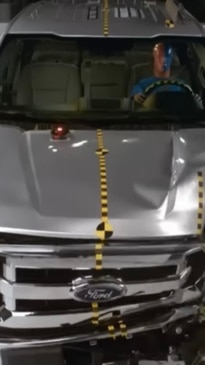
“We welcome the willingness of the Federal Government to consult on this important public policy and to make changes that represent a positive step forward.
“Even so, Toyota and the industry face huge challenges that must be addressed before these significant reductions can be realised.
“Our task now is to get on with the job of delivering diverse technologies that will enable our customers to choose vehicles with lower or zero carbon emissions that best suit their circumstances.”
On Tuesday, Energy Minister Chris Bowen and Transport Minister Catherine King announced watered-down proposed pollution caps for new utes and large SUVs.
Rather than ban any particular models, the standard will impose fleetwide emission caps for passenger (PV) and light commercial vehicles (LCVs), bringing Australia into line with other developed economies that have similar schemes.

The ministers confirmed that the standard would be altered so that new LCVs would instead be subject to less stringent emission reduction targets.
Under the updated rules approved by cabinet on Monday evening, average emissions for new LCVs will need to be reduced by 50 per cent by 2029 if manufacturers are to avoid penalties.
A reduction of 60 per cent was previously required under the government’s original proposal.
New passenger vehicles will still be subject to the original 60 per cent emissions reduction requirement.
Additionally, a number of high-emitting large SUVs initially categorised as PVs will be re-categorised as LCVs if they possess a towing capacity greater than 3 tonnes and have a similar chassis to utes.
The change will result in models including the Nissan Patrol, Toyota’s Prado and Landcruiser, Ford Everest, Mitsubishi Pajero, and Isuzu MUX being reclassified as LCVs.
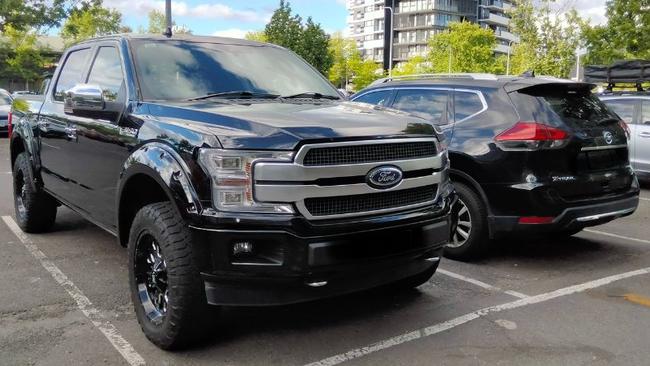
Under the original proposal, these cars would have been subject to far stricter pollution caps, meaning they risked being phased out before a low-emissions alternative was available.
With the fleetwide emissions cap lowered each year, the new standard will essentially operate as a carbon price, forcing car makers to sell more zero and low emissions vehicles, or cut back on the sale of high-emitting models such as utes and SUVs.
If automotive brands breach the cap, they will be forced to purchase credits from companies that meet the requirements, or alternatively face penalties of $100 for every gram of CO2 per kilometre emitted in excess of the cap.
In addition, the commencement of the standard will be pushed back by six months to July 2025 — a clear admission by the government that it could not finalise the establishment of the trading scheme by its intended start date.
Penalties for breaching the scheme will be set by legislation, with a review of the scheme’s operation set to commence in 2026.
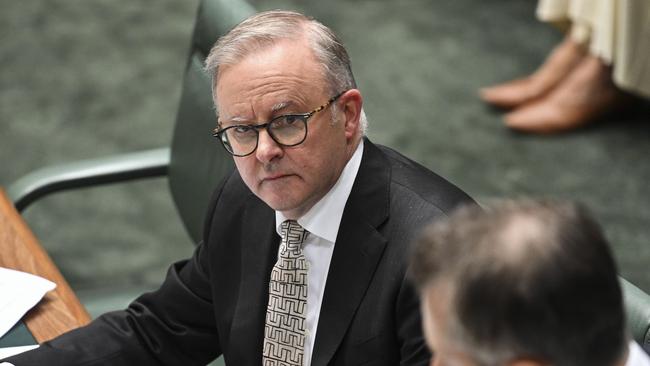
When the proposal was first announced, carmakers, dealers, industry experts and the federal opposition all raised concerns, with warnings that motorists could expect to pay up to $13,000 more for some of the most popular utes and SUVs.
However, it is not currently clear how much customers will be expected to pay under the new changes.
Ford chief executive Jim Farley revealed back in February that at one stage, the company nearly “pulled out” of Australia altogether.
Speaking at the 2024 Wolfe Conference in New York, Mr Farley reignited fears among local dealers that the government’s proposed new emissions standards may be the “straw that breaks the camel’s back” and lead to other major brands exiting, just as Holden did in 2020.
“So it’s funny, we don’t really talk about Ford anymore overseas, but we should because our Pro business is very profitable in Europe now,” he said during a Q&A session.
“We have a very small footprint in China. So, we’re totally unique among the other OEMs.
“Not a lot of risk, not a lot of reward, but we have a very profitable Ranger business. People wouldn’t realise this.
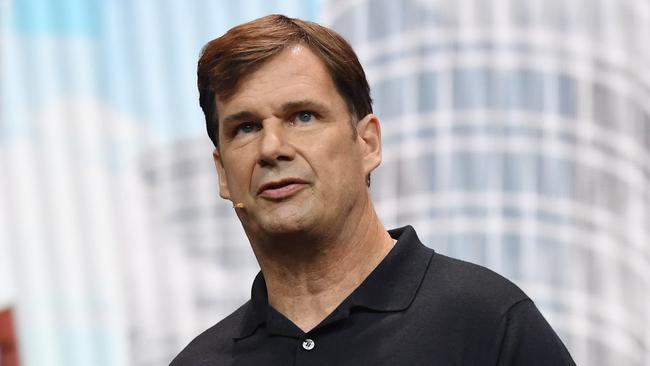
“The second highest volume vehicle at Ford is Ranger. Ranger globally outsells Super Duty.
“We are now number two in pick-ups outside of the US and pick-ups are growing big time.
“We sell 5000 Raptors in China for $US150,000 each, and we’re the best-selling vehicle in Australia. We almost pulled out of Australia.”
Ford has withdrawn from various markets in recent years as it revamps its business operations, including shutting down manufacturing in Brazil and India.
“If you look at what happened with GM, Holden used to be the biggest brand in Australia — it was withdrawn from the market in early 2020,” added Australian Automotive Dealer Association (AADA) chief executiveJames Voortman.
“The point we’re making is that manufacturers, when they’re in the Australian market, it’s a really small market in global terms and if it’s not viable they will pull out. In the case of Holden, 200 dealerships were exterminated overnight.”
There are 196 Ford dealerships in Australia, and Mr Voortman said many were “nervous”.
“The question is what effect this policy will have on decision-making in places like Detroit, Tokyo and Stuttgart,” he said.
“That’s why we’re getting a lot of dealers concerned that some of those brands might question their commitment to the market.”
–With Jack Quil and NCA Newswire
Originally published as ‘Huge challenges’: Toyota’s dire warning on new car rules





